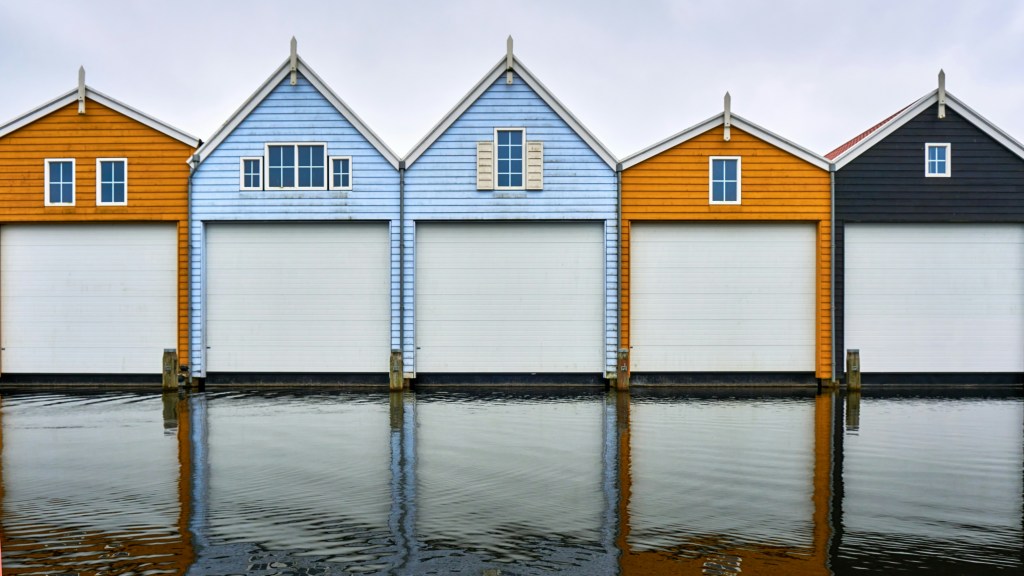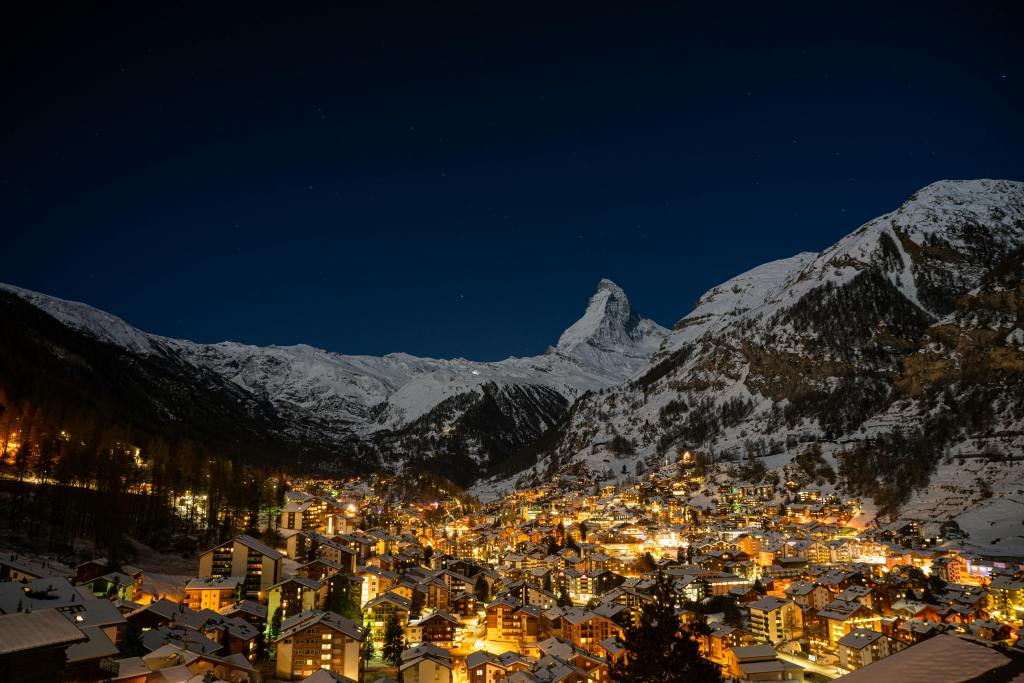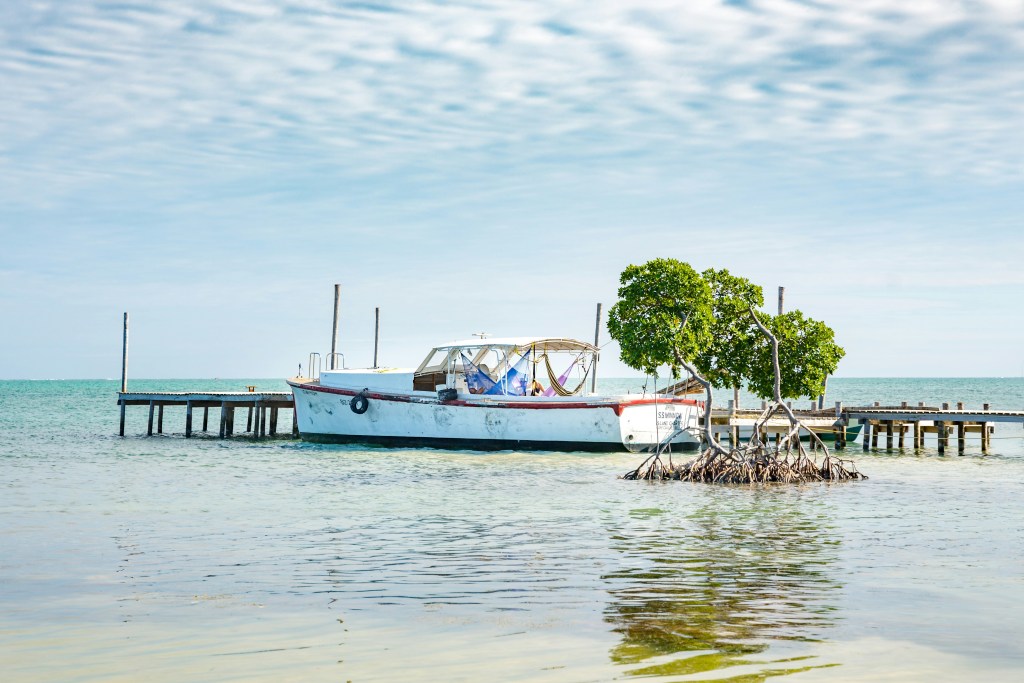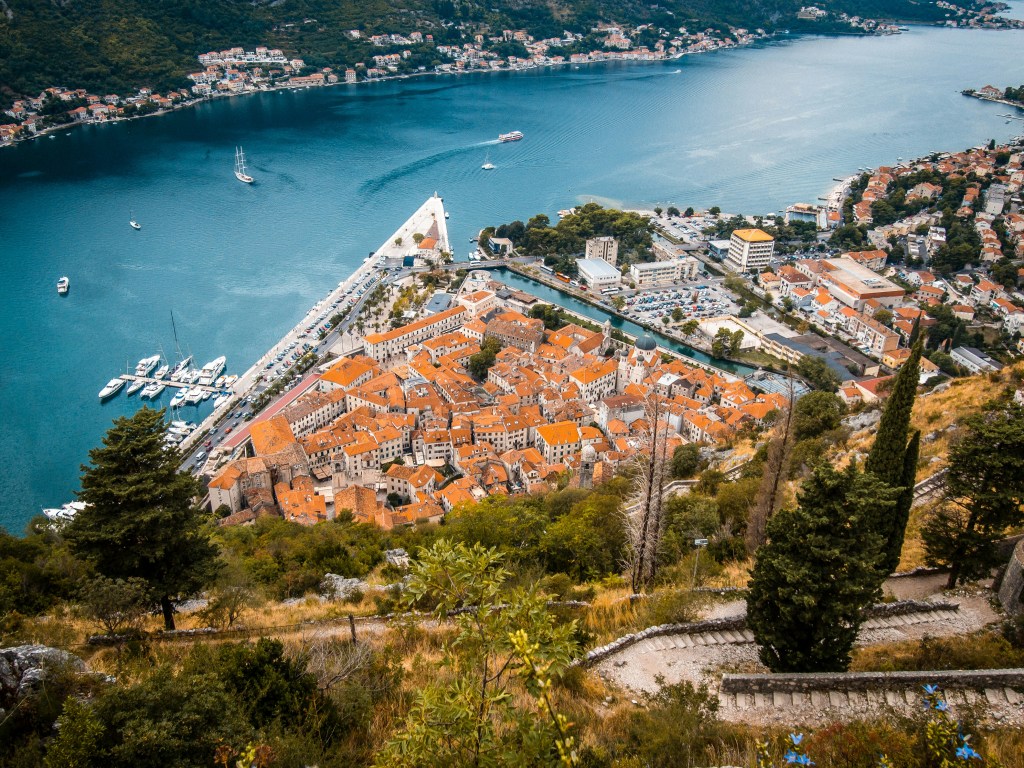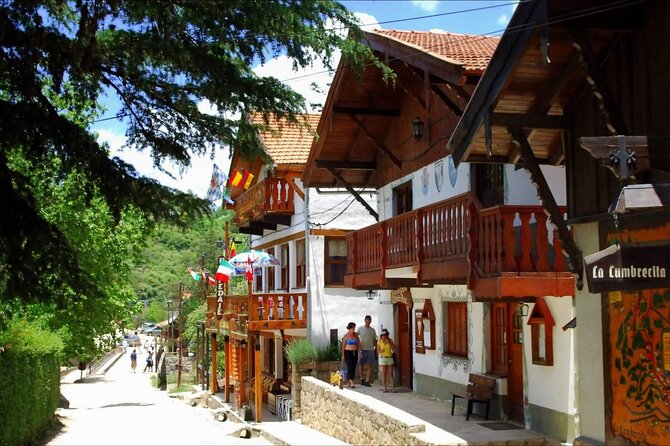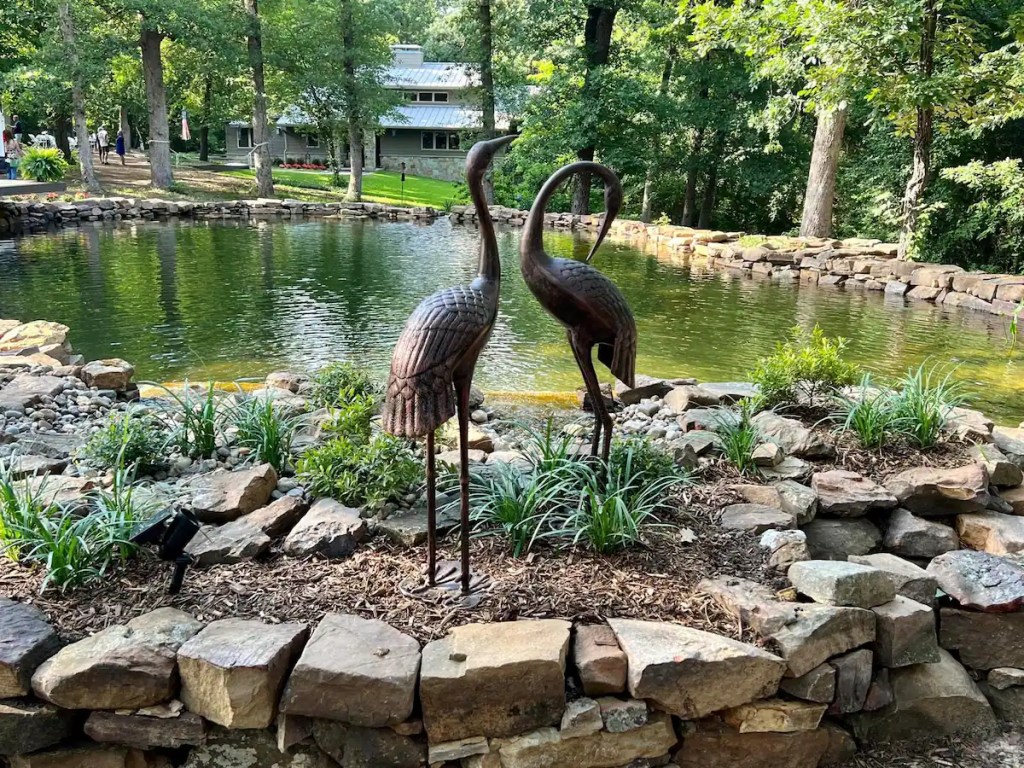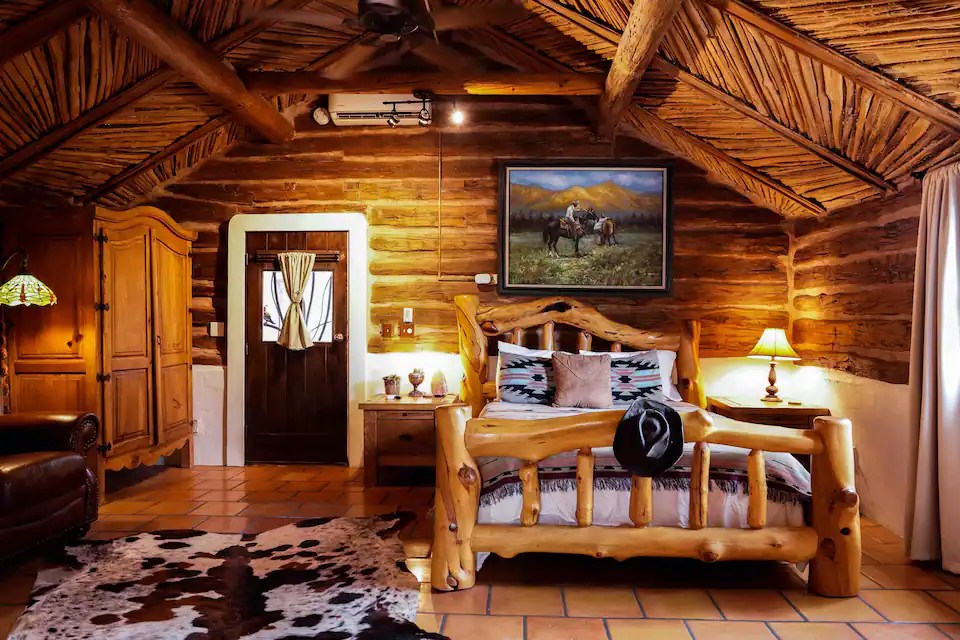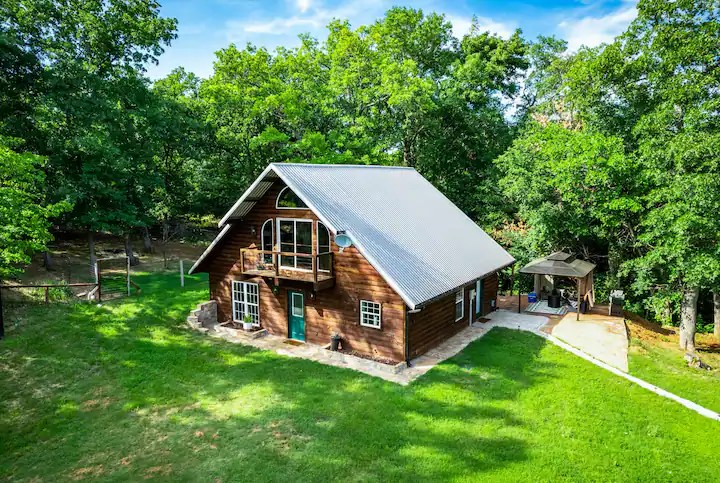When Michelin isn’t slinging tires, it’s granting restaurants highly sought-after stars.
Three stars for a truly unmatched culinary experience. Two stars for a masterclass in cuisine. One star for an extraordinary meal.
For those who don’t know, a restaurant that nabs a Michelin star (nonetheless three) is the culinary equivalent of an angel that has just earned its wings.
That Michelin star can change a restaurant’s outlook, propelling it to stardom. It can put chefs on the map, guiding them toward legendary status.
Most of all, Michelin stars highlight the painstaking process of creating world-class delicacies.
While Michelin stars sound elitist (and they are, that’s the point), they aren’t handed out to famous chefs and their dreamboat, experimental restaurants. Michelin’s rubric is innovation and painstaking attention to detail.
Even street food vendors have been handed Michelin stars—so long as they’ve got a seriously uptight approach to food prep and a tasty product.
Michelin Stars in the United States
In other words, Michelin might be situated at the uppermost echelon of the culinary world, but it has kept its focus on delicious foods that are prepared in an old-school way.
Unsurprisingly, in the United States, New York City takes the cake when it comes to the number of Michelin-star restaurants.
The city is home to 77 Michelin-star restaurants, including 51 one-star locations, 12 two-star hotspots, and four three-star locations.
By contrast, LA has no three-star restaurants. Chicago has two and San Francisco has three. (For comparison’s sake, the world’s Michelin capital is Tokyo, which has 12 three-star spots.)
For now, let’s shine a light on New York City’s four Michelin-star restaurants. First up: the vegan spot. (Don’t worry, that’s not what it’s called.)
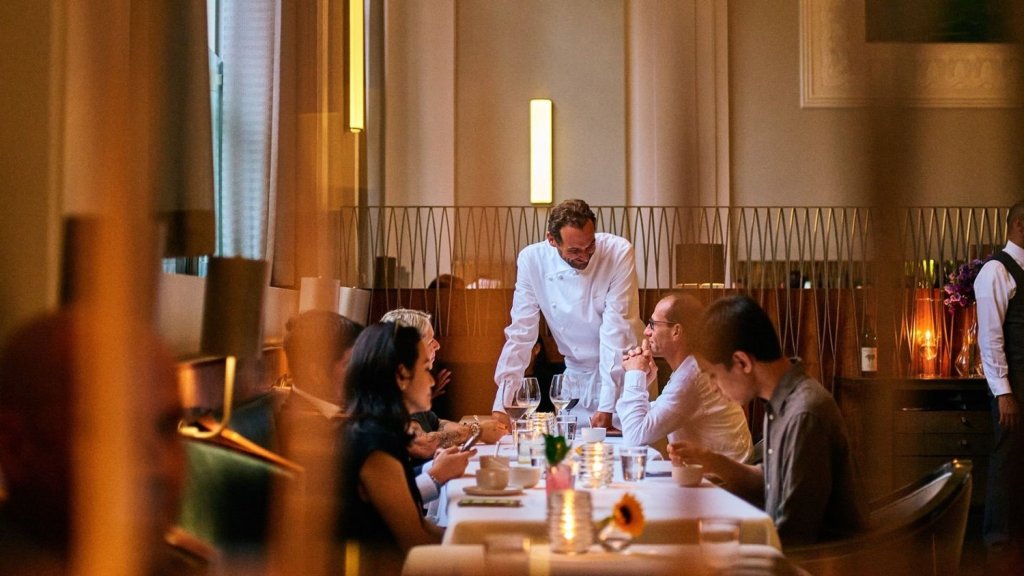
Eleven Madison Park
Innovative vegan food from Chef Daniel Humm
This experimental vegan restaurant seeks to combine the very best in luxury dining with plant-based vegan dishes. There are radish tostadas, caviar imposters, and frozen cherry blossoms, just to name a few of the culinary delights offered here.
While I’m usually suspicious of vegan food, I would scrap for a chance to taste this menu. Not only has Eleven Madison Park delivered next-level vegan dishes, but it’s been doing it for a while. Back in 2017, this restaurant nabbed first place in The World’s 50 Best Restaurants.

Masa
Japanese crossovers from Chef Masa Takayama
This is a master class in Japanese cuisine, from the restaurant’s ambiance to the subtle movements of Chef Takayama’s blade.
He’s got a creative mind that’s taking fusion food to the next level. Think: foie gras repackaged as nigiri.
There’s also a special focus on seafood, including stunning abalone and Osetra caviar. Michelin describes Masa’s flavors as offering a balance between luxury and excess. But keep in mind that this is an ‘omakase’ restaurant, meaning there’s no menu. You simply show up hungry and let the master do his thing.

Per Se
Modern French twists from Chef Chad Palagi
Every single plate is a piece of art—vibrant, striking, and inviting.
Chef Chad Palagi’s work combines the savory art of classic French cuisine with insane visual appeal. From what I can tell, that’s the true allure here: straight-up classics done delectably well with a tasteful amount of frill.
Similar to Eleven Madison Park, Per Se has been around for a while. In fact, it first earned its three-star status from Michelin after opening its doors in 2006. It hasn’t strayed since—even when the owner and original chef, Thomas Keller, handed Palagi the reins.

Le Bernardin
A twist on French classics from Chef Eric Ripert
If you know anything about fine dining in New York City, then you’ve probably been waiting for me to bring up Le Bernardin.
This spot blows all others out of the water in terms of duration, notoriety, and influence.
It’s kept its three-star status since it opened its doors way back in 1986. It’s also the longest-running restaurant to have a four-star rating from The New York Times.
What’s the secret of their success? An unrelenting hold on French culinary traditions, with a perfect balance of select Asian ingredients.
Chef Eric Ripert—a long-time friend of Anthony Bourdain and recurring guest on his show—took over back in 1994. Shortly after, he became a co-owner of the restaurant.
Since then, it’s been named one of the best eateries in New York City, the United States, and even the world.
